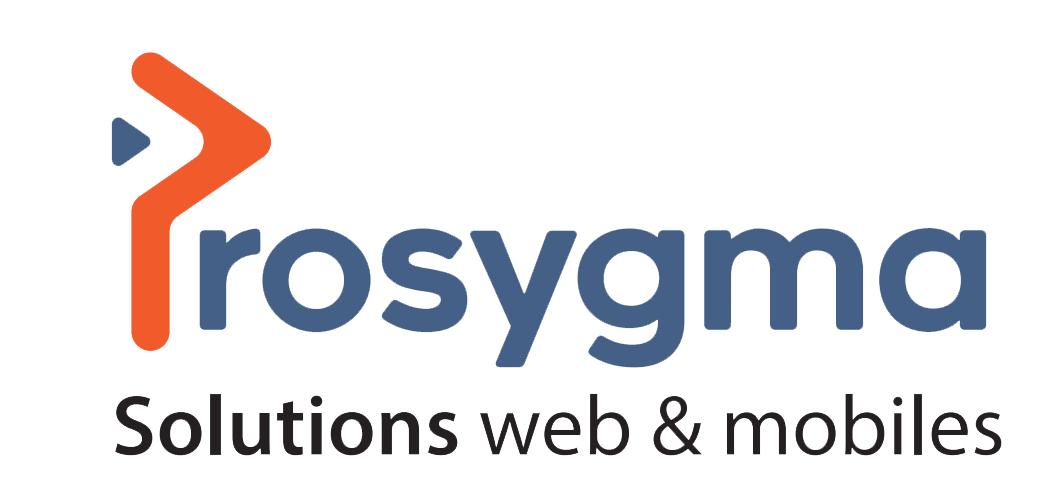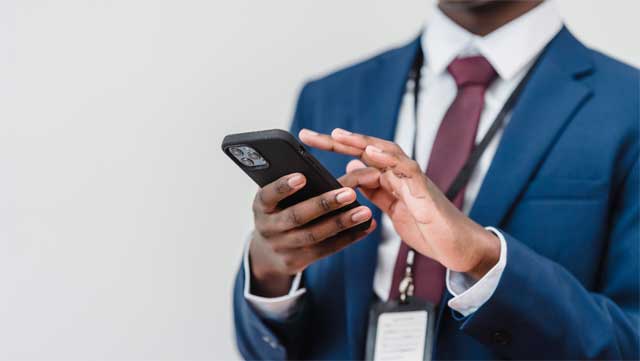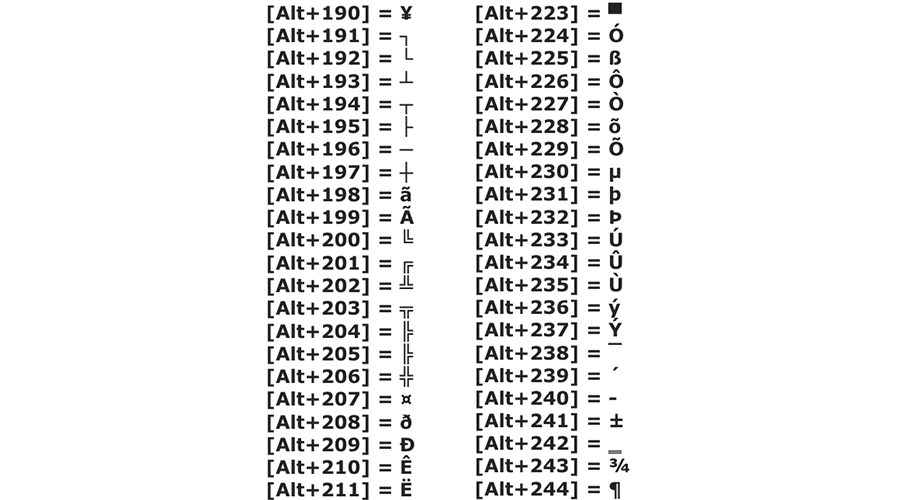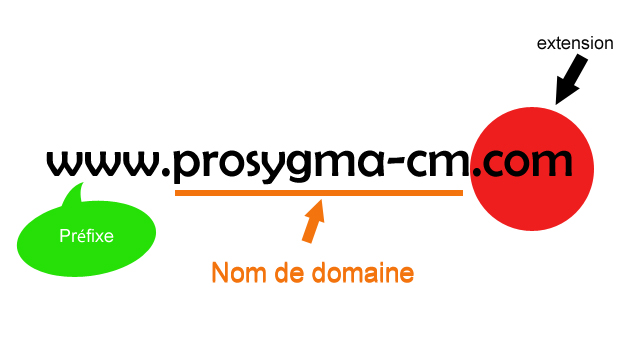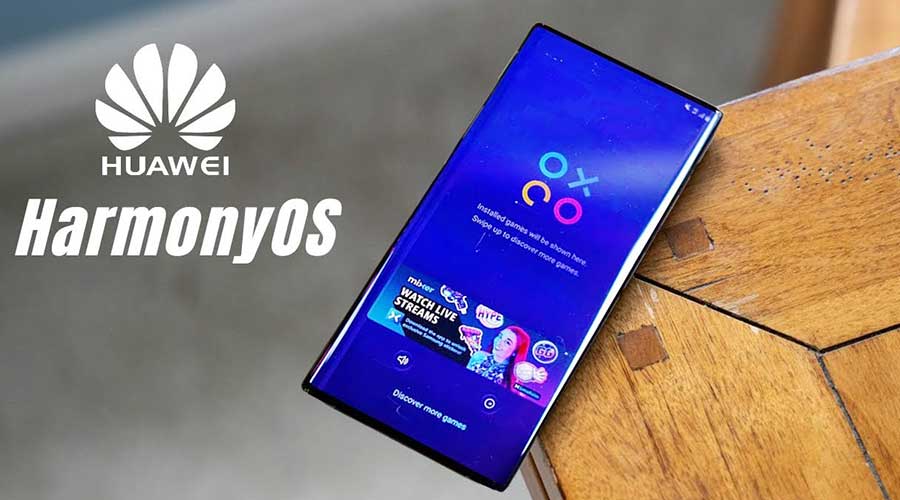
Huawei to launch its HarmonyOS mobile operating system, an alternative to Android, on 2 June
Hit but not sunk by the US sanctions that have lasted for nearly two years, Huawei is showing stubborn resilience. The company that has always prided itself on being able to evolve without US technology will demonstrate this once again by creating a new divide in the connected device market.
Chinese technology company Huawei announced the official launch of its mobile operating system on Wednesday 2 June. HarmonyOS is the alternative to Android that the company has found, banned from any US technology since 2020. The first device that should benefit from this new operating system is the Huawei MatePad2 tablet. HarmonyOS will then be extended to a wide range of other connected devices including televisions and watches.
At the TEDxHouHai conference held on 7 April 2021 in Shenzhen, China, under the theme "Driven by Pressure", Wang Chenglu (photo) - president of the software engineering section at Huawei - reacted to comments that HarmonyOS is just a copy of Android 10, and stated forcefully that this is not the case. At the time, he emphasised that the new operating system was fully modular, panning and enabling a seamless, fluid experience across all devices, as it was "tailored for the Internet of Things".
Since 2019, the US government has been fighting Huawei, which it accuses of colluding with Chinese intelligence. Although Wang Chenglu says that the idea for HarmonyOS dates back to 2012, its actual implementation stems from the US sanctions that occurred in 2020 and had multiple consequences. In November 2020, Huawei announced the sale of its Honor unit, a manufacturer of smartphones aimed mainly at young people and low budgets. Its international market share in the smartphone segment also fell. Huawei, which was the world's second largest supplier in the first quarter of 2019, behind Samsung, was only sixth in the first quarter of 2021, according to the Asian research firm Counterpoint.
Through the launch of HarmonyOS, Huawei has set itself the target of running its new operating system on 300 million devices by the end of 2021, including 100 million terminals designed by other brands.
Source: Agenceecofin.com
